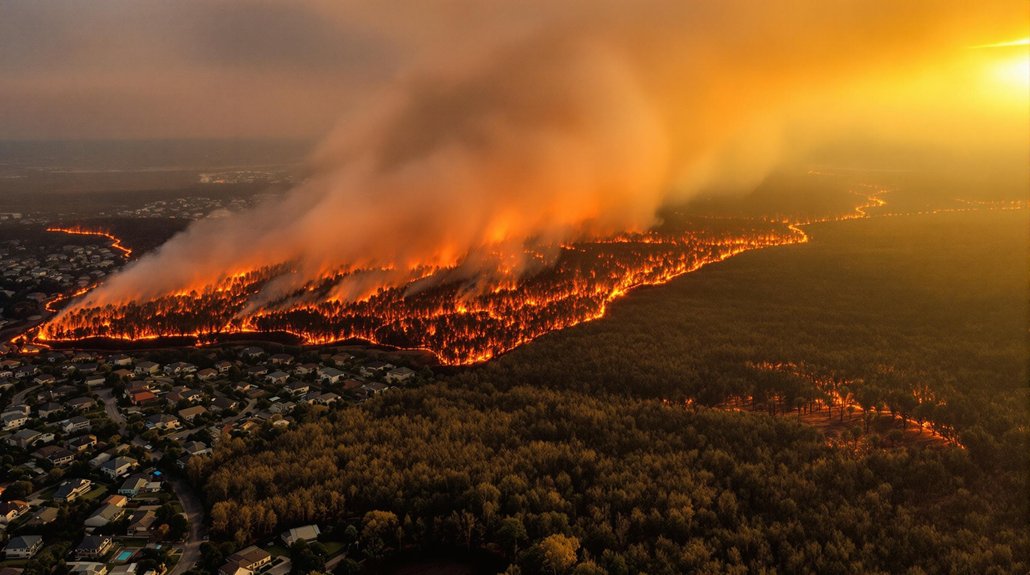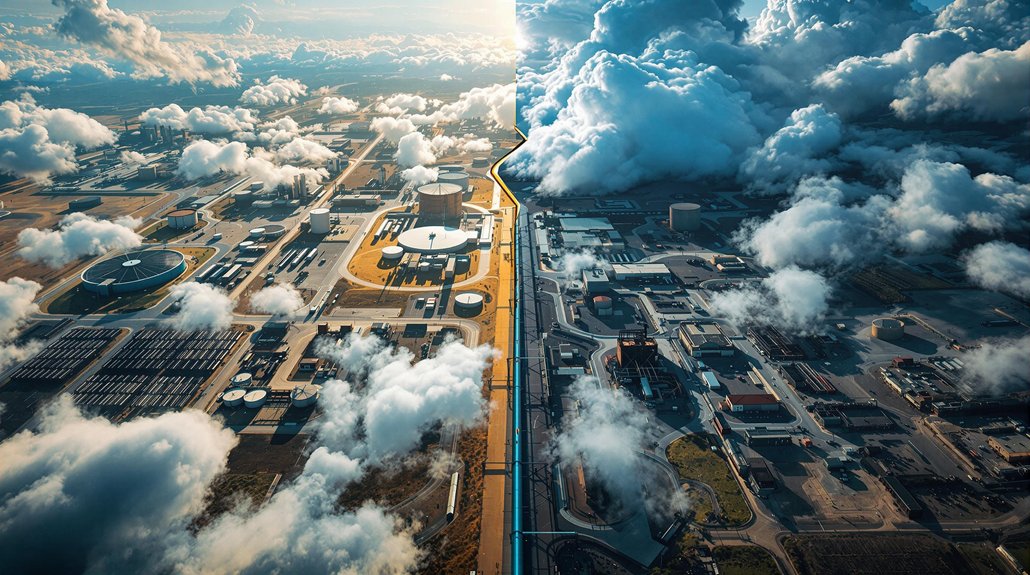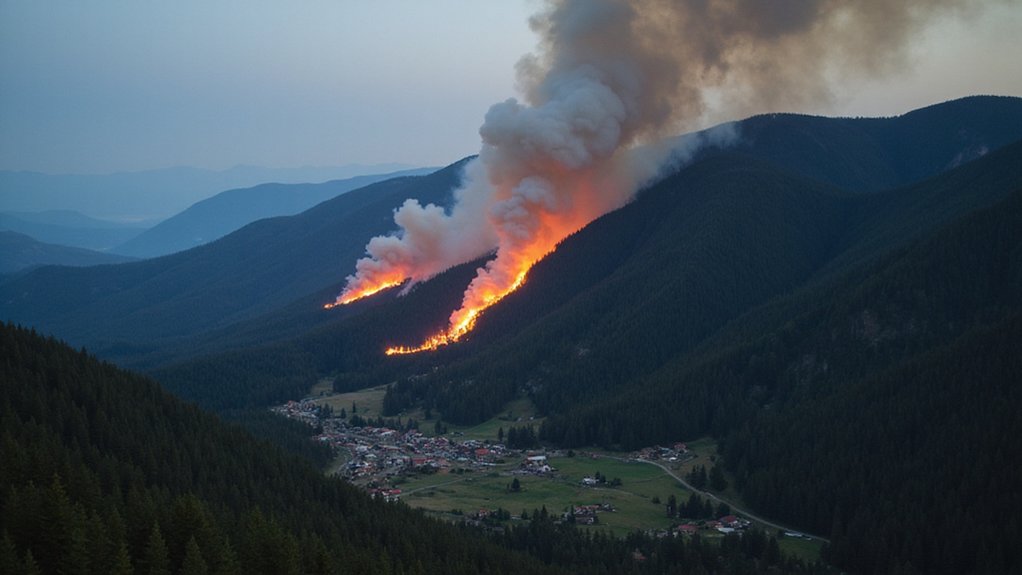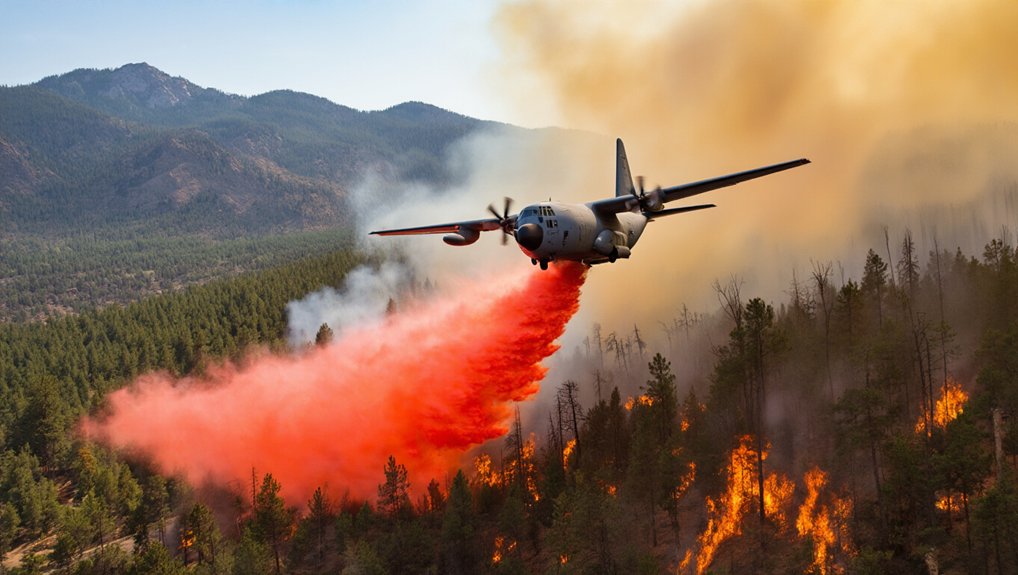Climate change is creating a year-round fire season in the South. Temperatures rise, forests get bone-dry, and boom—double the large fires since the ’80s. Meanwhile, humans cause 80% of wildfires and keep building deeper into fire-prone areas. Talk about a recipe for disaster. The economic toll? Staggering. Chile lost $4.39 billion this year alone. And those carbon emissions? They’re just fueling the vicious cycle that nobody seems willing to break.
The southern United States is literally burning up. What once were predictable fire seasons have morphed into year-round infernos, thanks to our warming planet and our brilliant decision to build homes right where fires love to burn. It’s not rocket science. Rising temperatures create drier conditions, and when you add earlier snowmelt to the equation, you’ve got yourself a recipe for disaster.
Numbers don’t lie. Large fires have doubled between 1984 and 2015 in the western U.S. alone. And get this—a single degree Celsius temperature increase could expand burned areas by a whopping 600%. That’s not a typo. Six hundred percent. The ten largest burned acreage years all happened since 2004. Coincidence? Hardly.
We humans aren’t helping matters. Shocker, right? About 80% of U.S. wildfires are started by people. We keep building deeper into the wildland-urban interface, fundamentally placing kindling around our communities. Then we wonder why everything burns.
The economic toll is staggering. Projected losses from 2025 LA County wildfires could hit $275 billion. Chile already lost $4.39 billion this year. But hey, at least we’re creating record-breaking statistics!
It gets worse. These fires create a vicious feedback loop. Canadian wildfires in 2023 released 640 million metric tons of carbon. That carbon heats the planet, which creates more fires, which release more carbon. Rinse and repeat until everything’s toast. The power sector’s contribution of 25% of emissions makes transitioning to renewable energy crucial for breaking this destructive cycle.
The smoke is killing us too. Particulate matter exposure is climbing across the U.S., filling lungs with toxins that weren’t part of anyone’s health plan. Wildfires now contribute to approximately 25% of Americans’ exposure to harmful fine particulate matter, making air quality a serious public health concern. Personal stories of wildfire losses have proven especially effective at persuading skeptics to support government action on climate change.
Improved forest management and community planning could help. So would reducing greenhouse gas emissions. But climate change is already lengthening fire seasons by 27% globally. By 2030, extreme wildfire risk will jump another 14%.
The south is burning. The west is burning. The world is burning. And we’re still arguing about whether climate change is real. Meanwhile, the thermometer keeps climbing, and so do the flames.









